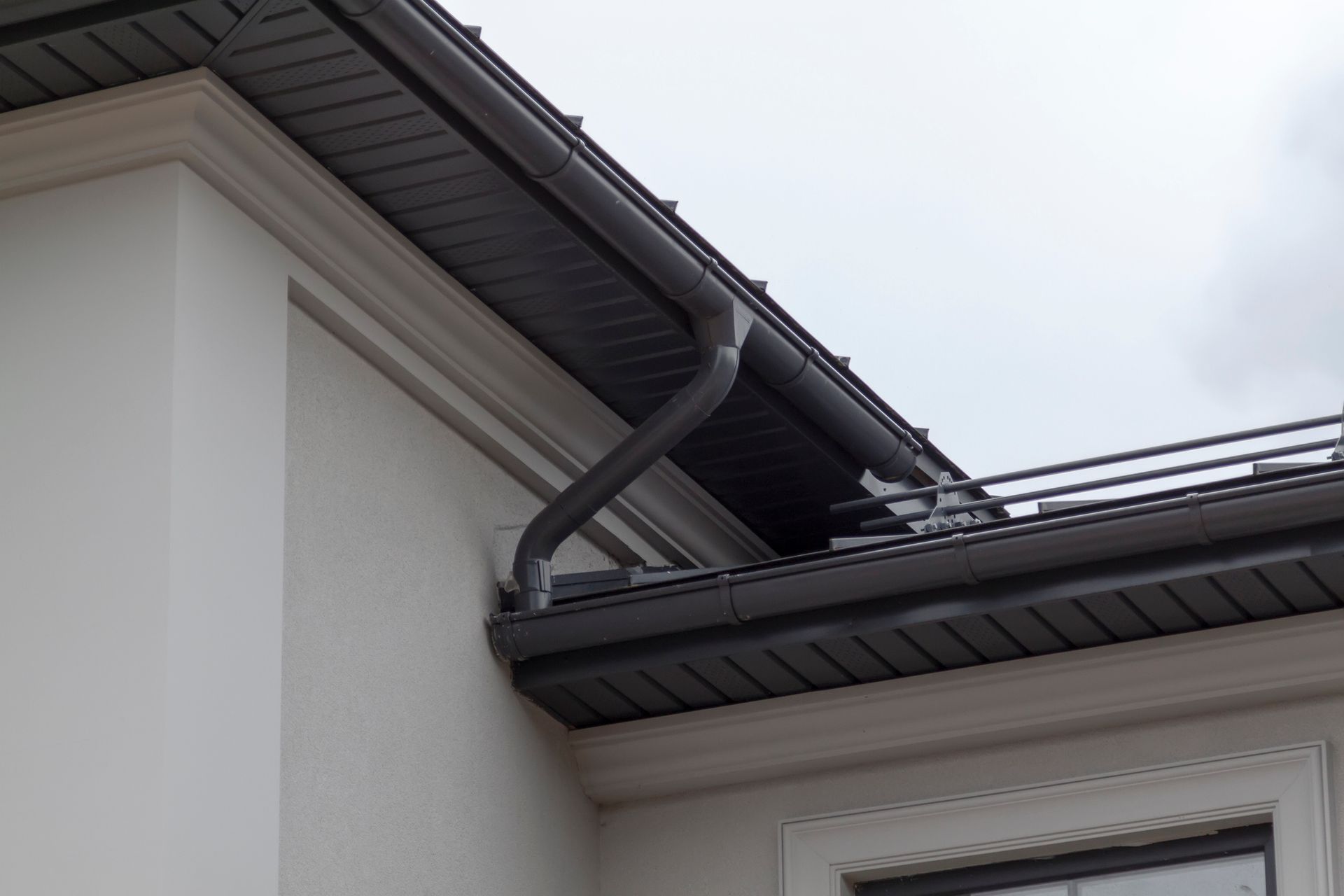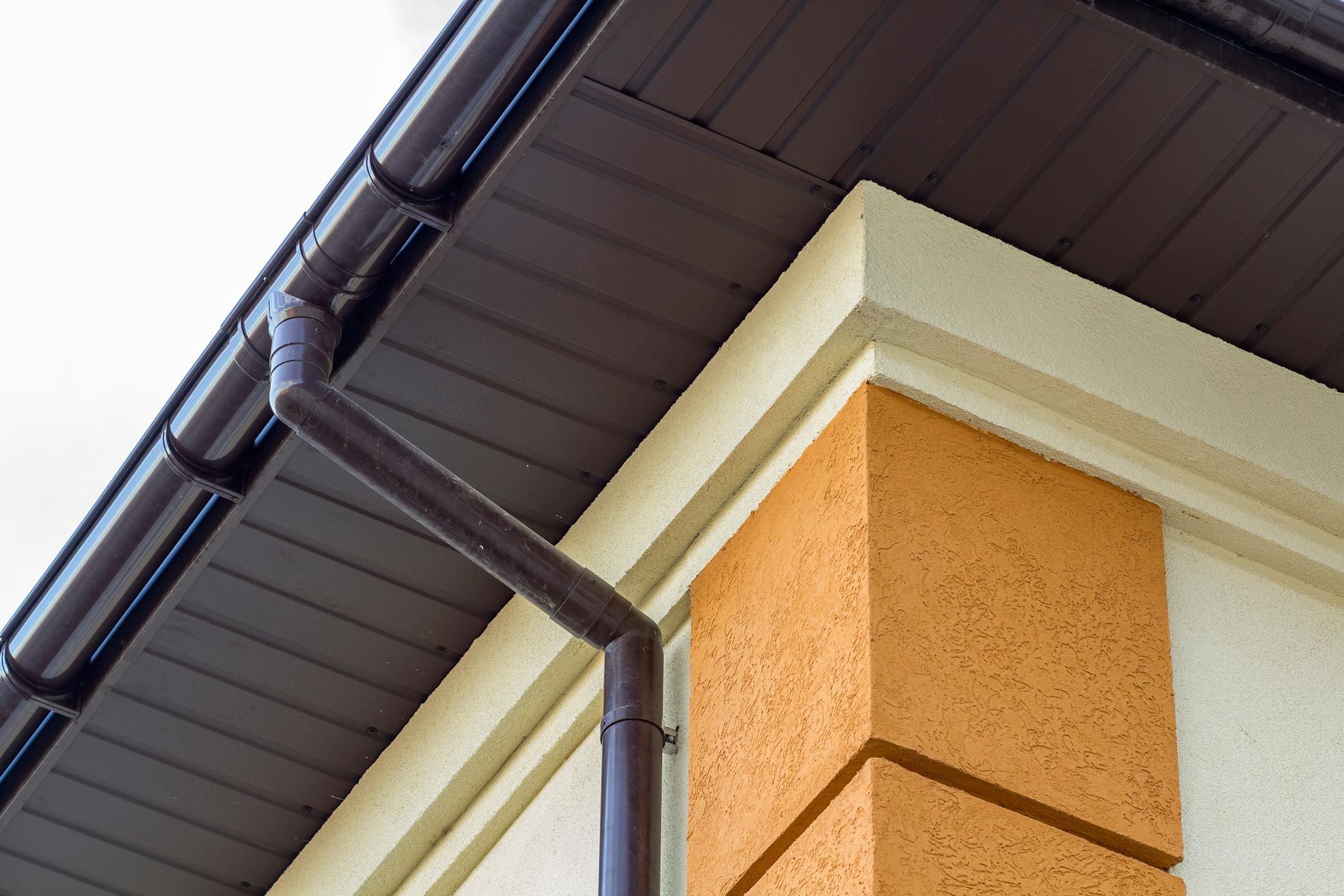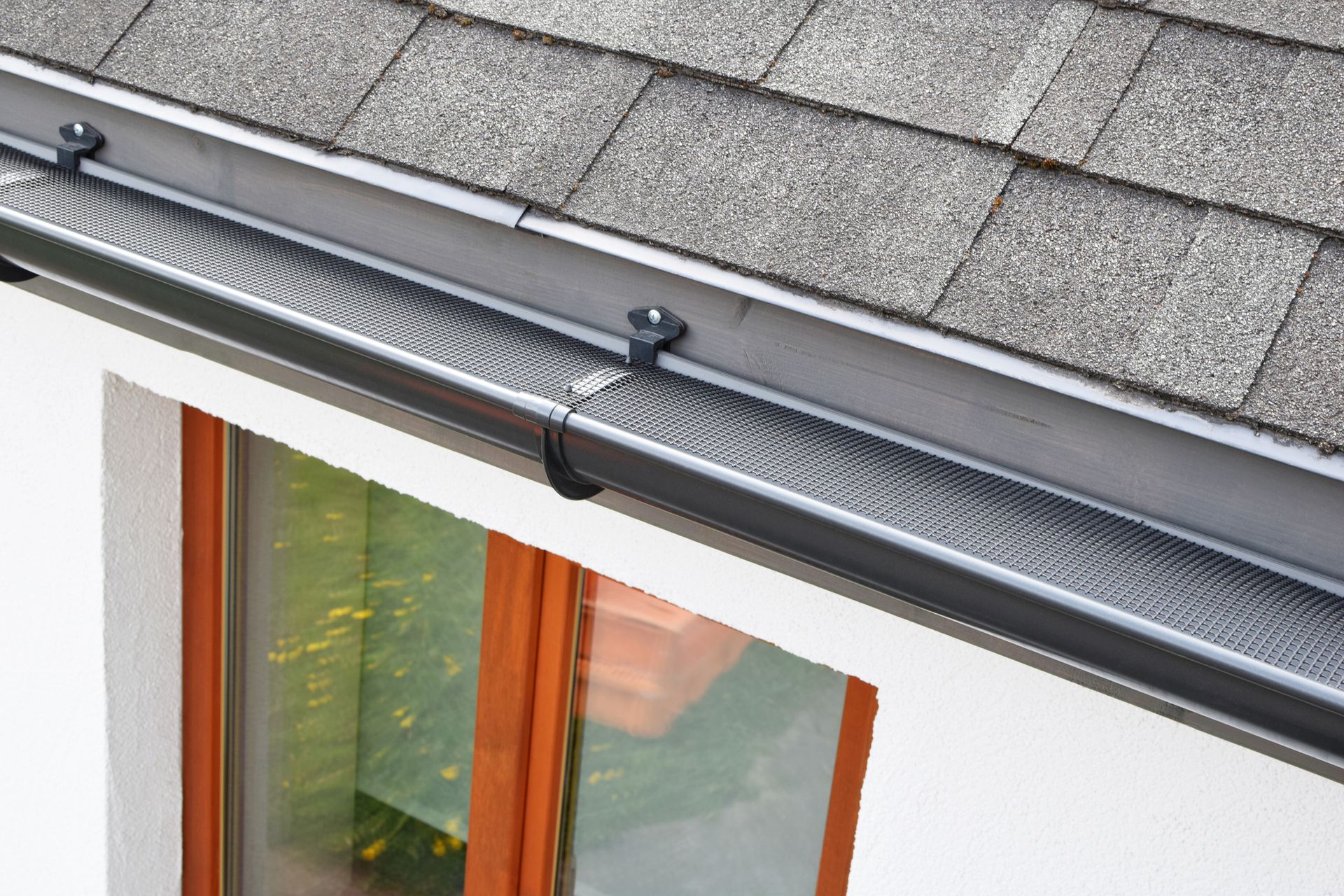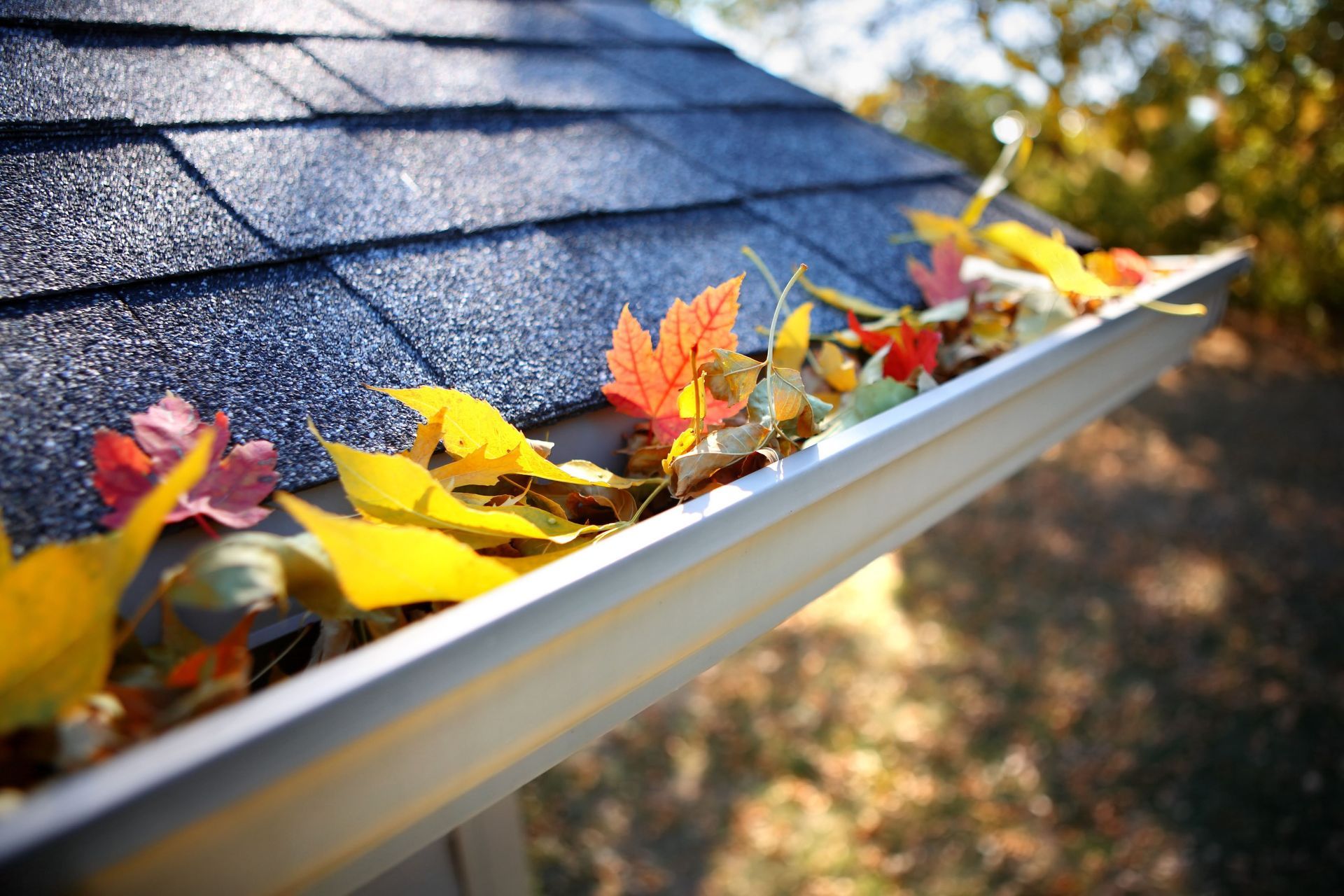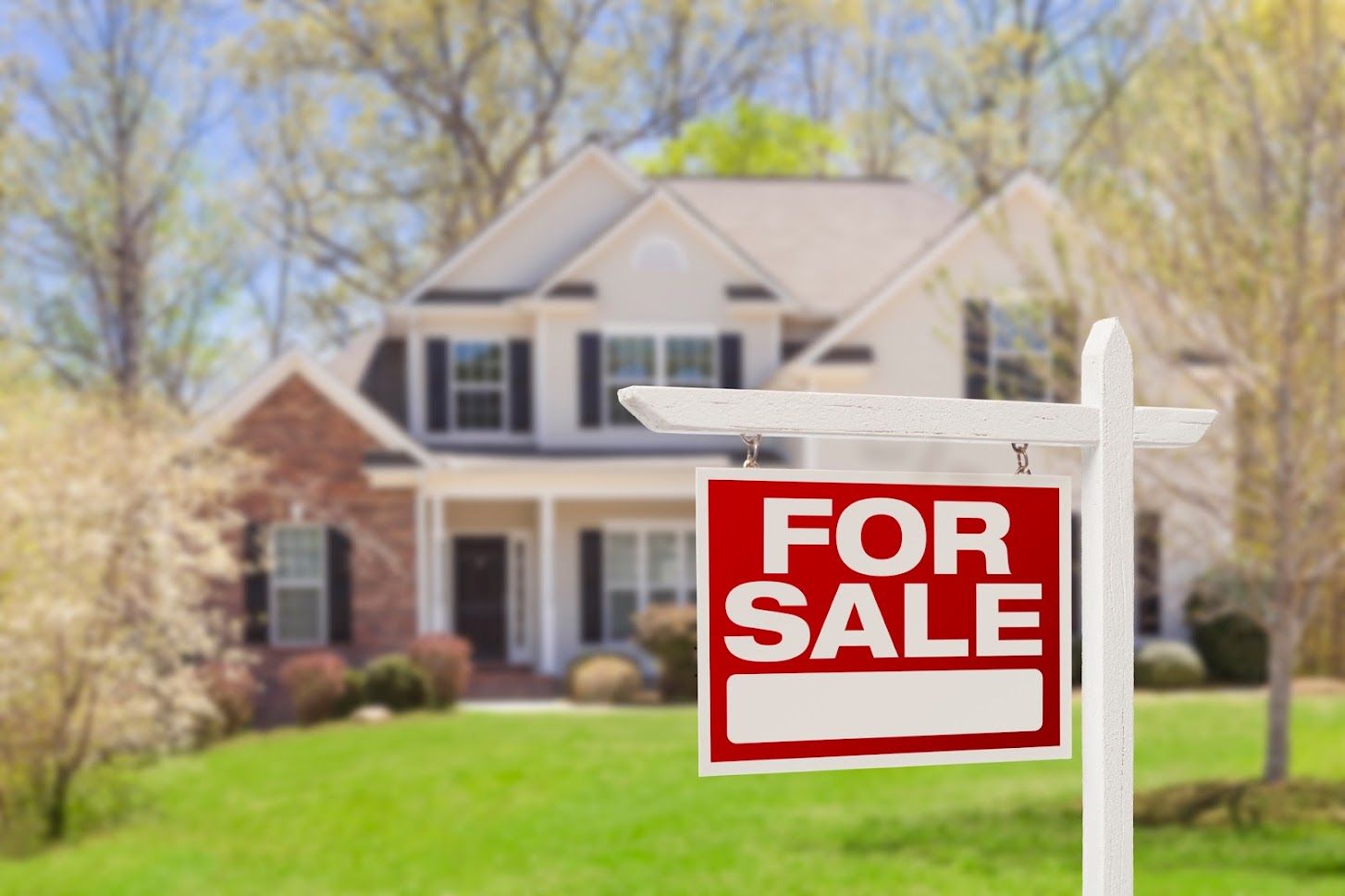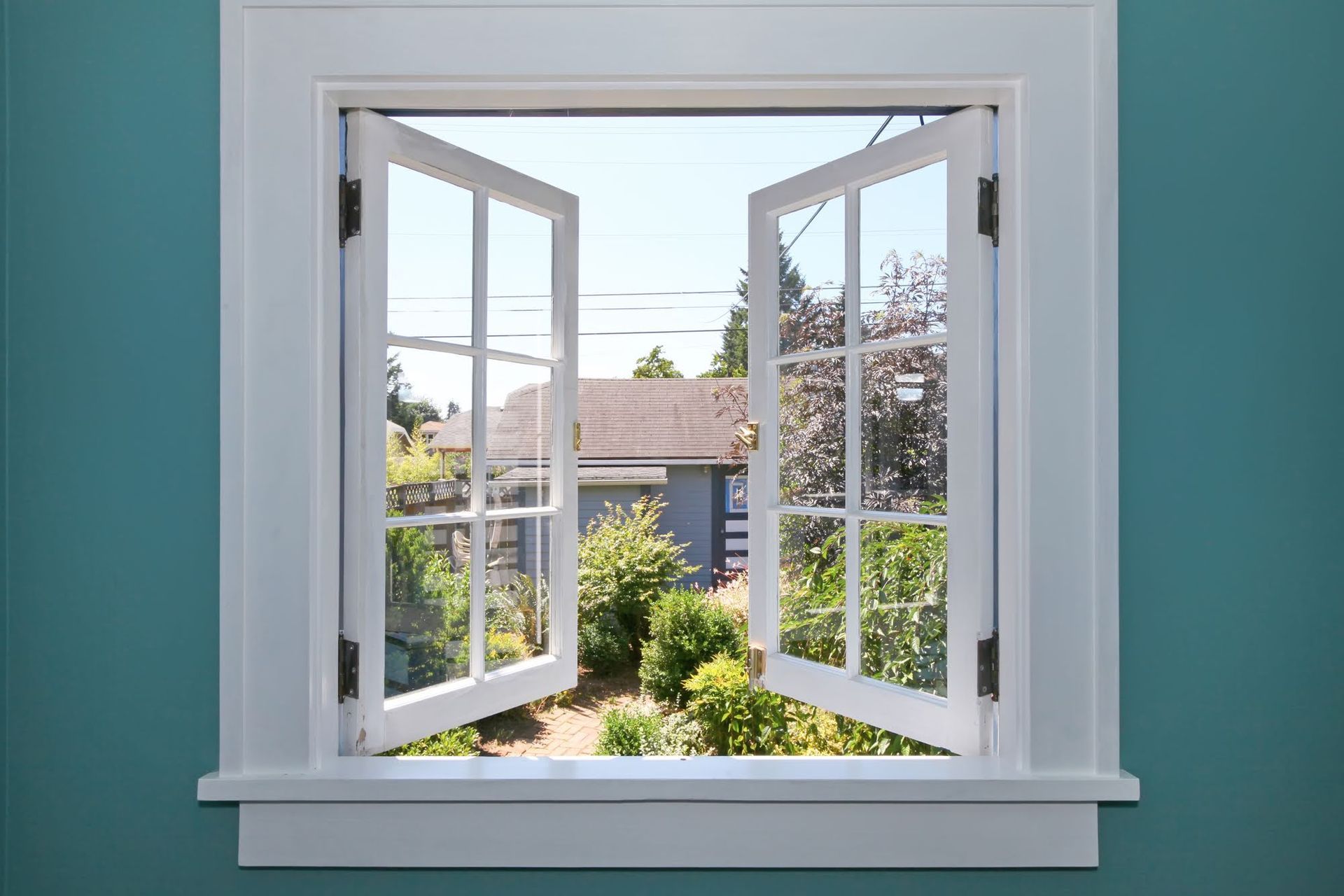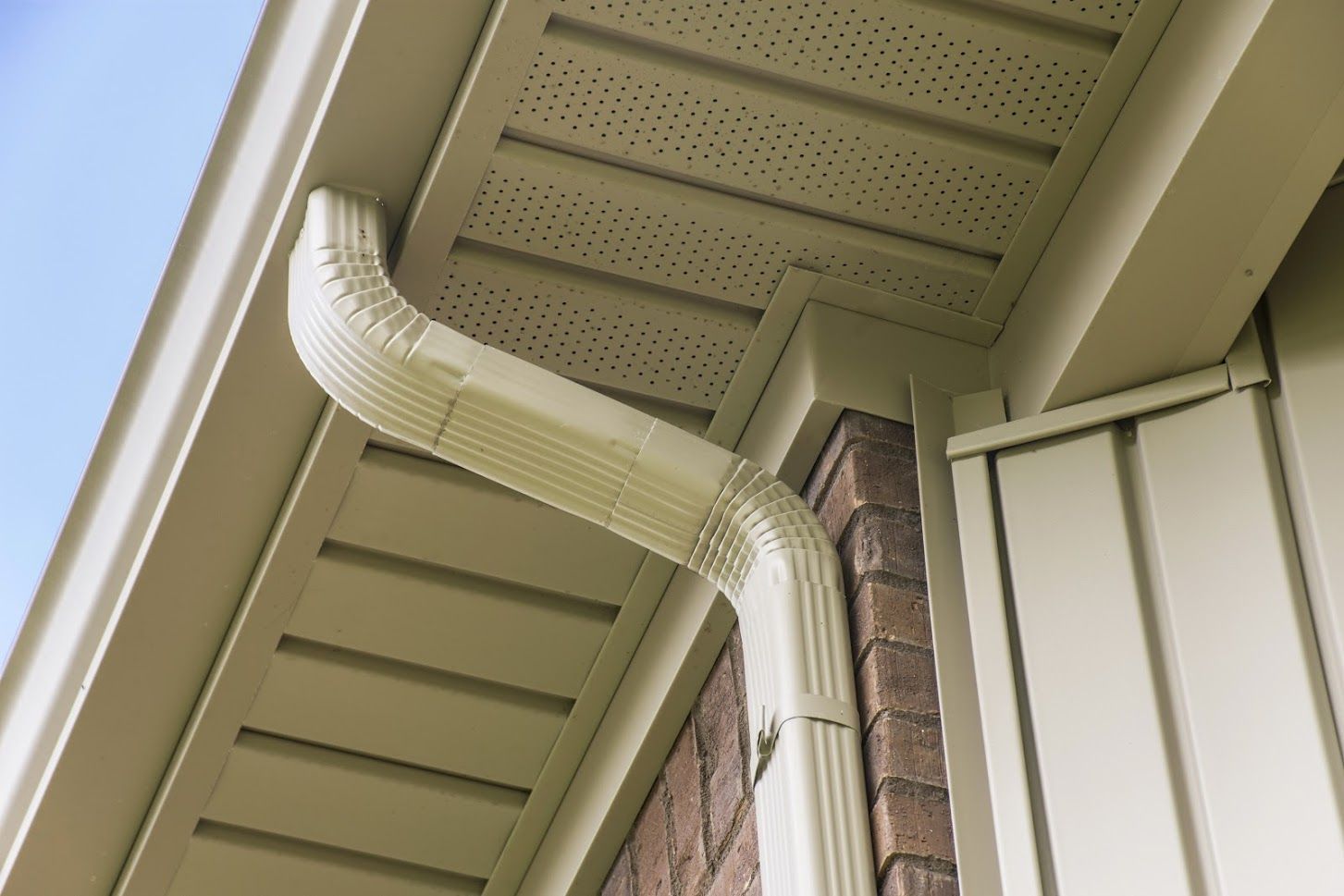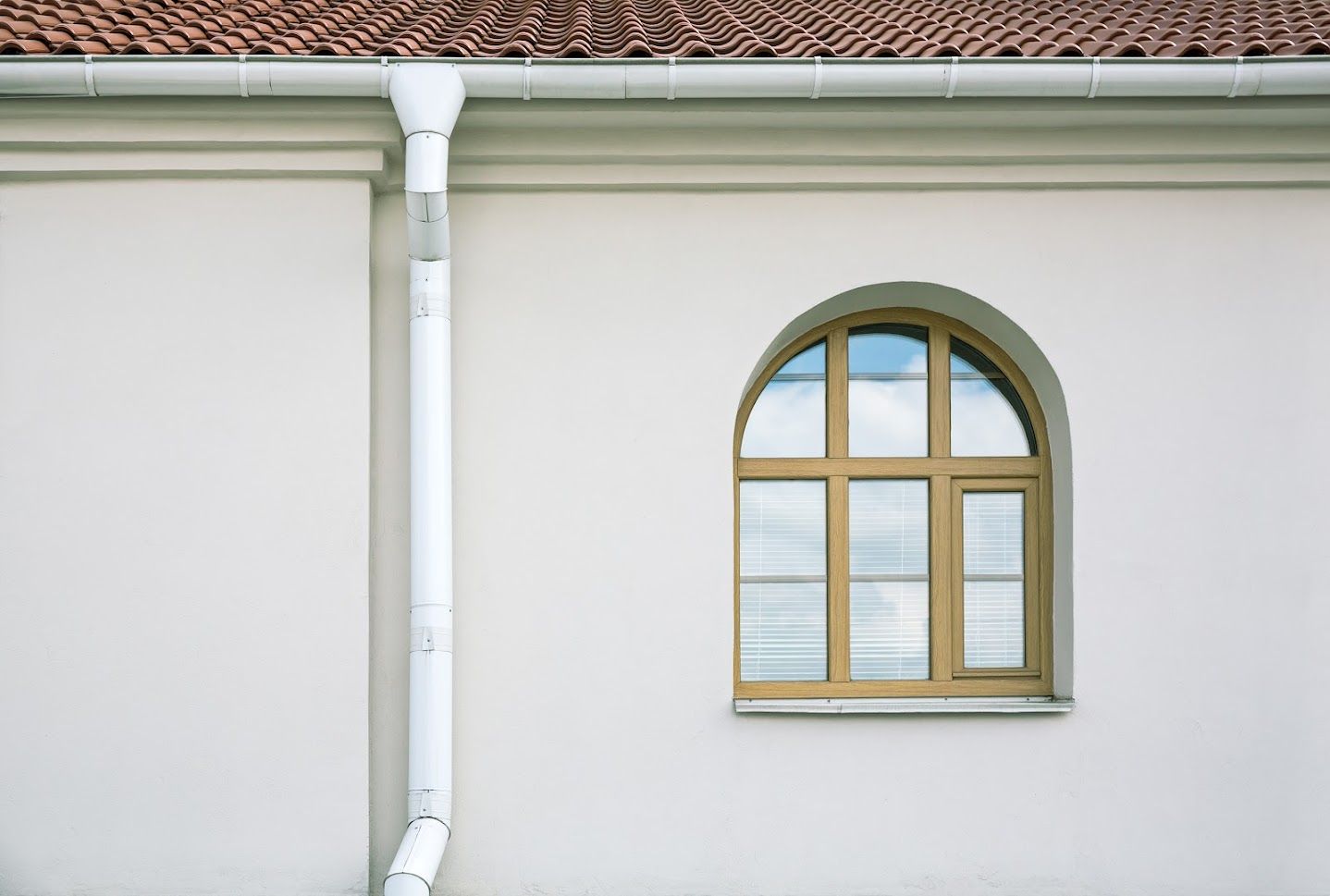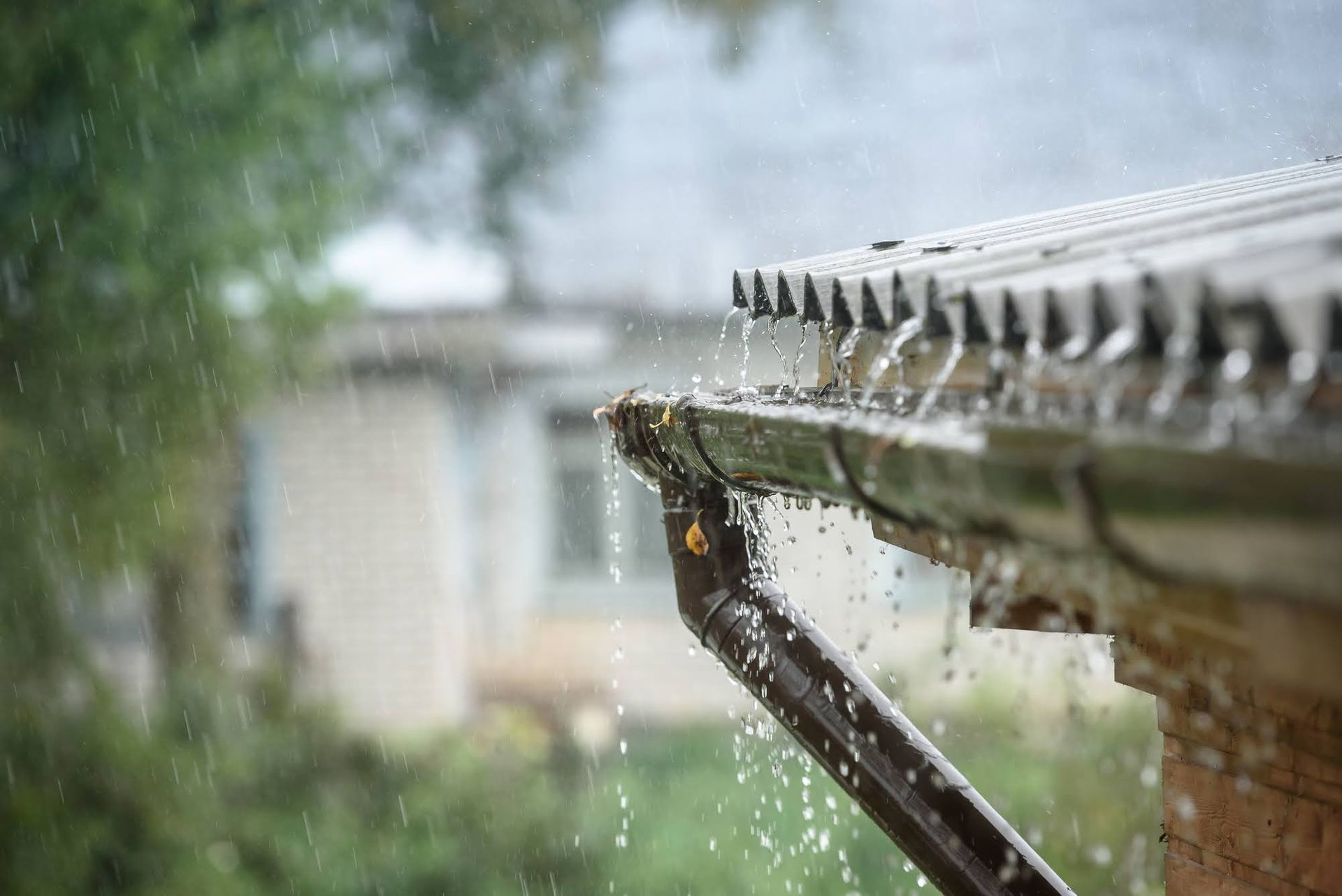A Homeowner’s Guide to Eaves Protection
April 12, 2018
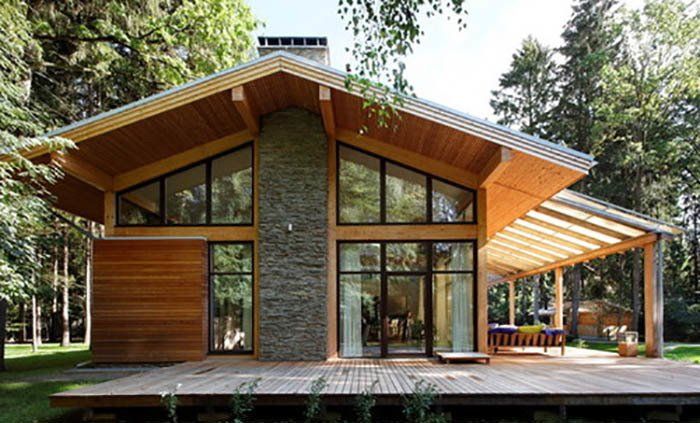
When you look at your house, you see a home. Your perception of your home may include memories based on specific locations or items on your to-do list. However, your view of your home likely does not include all the smaller components of the house as a building.
Understanding these components can be essential to making informed and confident decisions about routine maintenance and periodic upgrades, especially to the exterior of your home. In this blog, we teach you about structures that create the eaves of your home and how you can take to protect them.
What’s Under Your Eaves?
You can probably identify the eaves of your home, but many homeowners cannot be more specific than that. In homes with roofs that hang over the side of the house, these overhangs are known as eaves.
The eaves consist of two main parts: soffits and fascia boards. If you were to stand directly under your eaves and look up, what you’d see is the soffit. The soffit goes beneath the overhang and therefore lays parallel to your porch and yard.
In this hypothetical tour, if you were to step back so you could see more of the eaves, you could identify the roof, siding, and now the soffits. If you were to look directly at the eaves, however, you would notice a piece of trim that connects the soffit to the roof.
This piece is known as a fascia board. Fascia sits parallel to the siding of your home and therefore faces outward, away from your home, while soffits face downward.
Why Are Soffits Important?
Many soffits look completely solid. Your soffits likely look similar to shiplap or other side-by-side board treatments. However, soffits are actually ventilated coverings over the space where your roof overhang leads directly into the attic.
Soffits assist with heat and moisture regulation by allowing greater airflow in the attic space and on the top floor. Additionally, soffits reduce the risk of pest infestation under the eaves.
Why Are Fascia Boards Important?
Fascia boards are an integral part of any home’s trim, which makes them aesthetically important. However, fascia is also structurally important.
Fascia boards provide support for roofing and gutter system elements. Without fascia support, the edge of your roof shingles could warp or droop.
Without a fascia board, your gutter system would have to be mounted with straps onto your roof. With inadequate fascia support, your gutters could loosen, tilt, or fall due to debris or large amounts of precipitation.
What Threats Can Affect Soffits and Fascia?
As with any other component of your home’s exterior, your soffits and fascia can become vulnerable to certain threats that may necessitate repair or replacement. Common threats that affect soffit and fascia integrity include:
- Bird damage, such as fascia stains or corrosion from dropping
- Cracks, chips, or holes
- Insect damage, such as termite burrowing
- Light damage
- Rodent damage, such as nesting within the soffit cavity
- Water damage
- Warping
- Weathering
- Wood rot
If your eaves already look compromised by one or more of these issues, consult with a home exterior expert on your options.
What Threats Can Affect Soffits and Fascia?
If your soffits and fascia boards are in fair or good condition, you can take steps to prevent future issues. These steps should include regular cleaning and as-needed refinishing.
If you would like to reduce the amount of required eaves maintenance, consider having soffits and fascia coverings
installed over the wood. Aluminum coverings offer the classic trim look, without the need of repainting and the risks of pest and water damage.
Use this information to take specific care of your home’s eaves and, by extension, the exterior as a whole.
For comprehensive home exterior services, including soffit and fascia coverings, trust Allstate Gutter & Siding.


